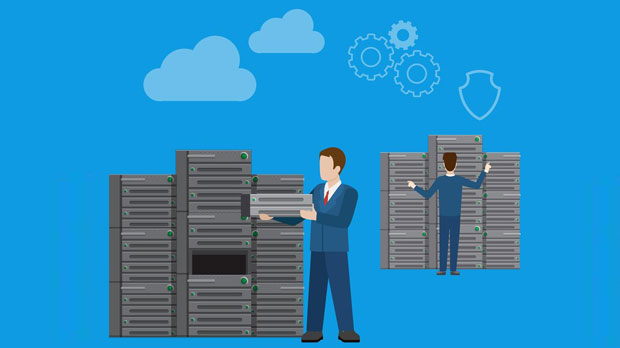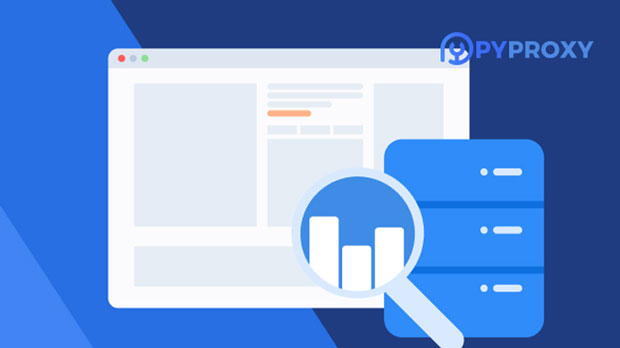The socks5 proxy server is a popular tool used to mask internet traffic and improve security and privacy. Many users turn to Socks5 for its ability to provide faster and more secure browsing, especially for tasks that require anonymity. When considering using socks5 proxy servers on Windows for long-term use, the question arises: Is it suitable for sustained, stable operation over time? This article delves into the technical aspects, pros, and cons of using a Socks5 proxy server on Windows, helping users assess whether it’s the right choice for long-term use. By understanding key factors such as performance, reliability, and security, users can make informed decisions. Understanding the Basics of Socks5 ProxyBefore diving into the specificities of using Socks5 proxy servers on Windows, it's important to understand what Socks5 is and how it works. Socks5 is a protocol that facilitates secure connections between a client and a server by routing data packets through a proxy server. Unlike other proxy protocols, Socks5 doesn’t modify or filter the data, which makes it highly flexible. It supports various types of traffic, including HTTP, FTP, and even P2P, making it versatile for different use cases.Socks5 is preferred for its anonymity features as it doesn’t reveal the client’s IP address, offering an extra layer of privacy for users. It also enables bypassing geographical restrictions, allowing access to content that might be blocked in certain regions.The Technical Feasibility of Running Socks5 Proxy on WindowsWindows is one of the most widely used operating systems, and running a Socks5 proxy server on it is a relatively simple task. With the help of various third-party software, users can set up a Socks5 server on Windows machines to route their traffic through the proxy. However, whether this setup is suitable for long-term use depends on several technical factors.1. Performance Considerations Running a Socks5 proxy server on Windows doesn’t demand significant system resources, but performance may degrade if the machine isn’t configured properly. A server with adequate RAM, processing power, and internet bandwidth is essential for sustaining high speeds. Otherwise, users may experience latency, slow browsing speeds, and even connection drops. Additionally, the proxy server's capacity to handle multiple requests simultaneously is crucial in ensuring stable performance over time.2. Reliability sock s5 proxies are generally reliable, but they may occasionally experience downtime due to server issues or network congestion. When setting up a proxy on Windows, it’s important to ensure that the proxy server is consistently running and that there are minimal disruptions. Regular maintenance is key to ensuring that the server performs optimally in the long run. Additionally, Windows, being a general-purpose operating system, may require frequent updates, which can interfere with the server’s operation if not properly managed.Pros of Using Socks5 Proxy Server on WindowsWhen considering the long-term use of Socks5 proxies on Windows, there are several advantages to take into account:1. Enhanced Security and Privacy One of the most significant benefits of using Socks5 is enhanced security. It encrypts the traffic between the client and the server, preventing third parties from monitoring internet activity. This makes it an excellent choice for users who value privacy. Additionally, Socks5 provides the option to authenticate users, adding another layer of security to the connection.2. Bypass Geo-Restrictions Socks5 is an ideal tool for accessing content that may be restricted in certain regions. For example, users can use Socks5 proxies to access streaming services or websites that are geo-blocked in their country. This is particularly useful for users who need to access specific international content for business or personal reasons.3. Support for Multiple Protocols Unlike HTTP proxies, Socks5 supports a variety of internet protocols, including FTP, SMTP, and P2P. This makes it a versatile solution for users who need to route different types of traffic through the proxy server.4. No Speed Loss Because Socks5 proxies don’t alter the data being transmitted, they generally offer better performance compared to other proxy protocols like HTTP or HTTPS. This makes Socks5 ideal for tasks such as gaming, streaming, or browsing where speed and low latency are crucial.Challenges of Using Socks5 Proxy Server on WindowsWhile there are clear advantages, there are also certain challenges that users may face when running a Socks5 proxy server on Windows for long-term use:1. Potential for Instability Windows operating systems, while user-friendly, can be prone to occasional crashes or software conflicts, especially when multiple applications are running concurrently. A Socks5 proxy server could experience instability if the system is overloaded or if there are compatibility issues between the proxy software and Windows updates.2. Security Risks While Socks5 offers encryption, the security of the proxy server itself depends on how it is configured and maintained. Misconfigurations can lead to vulnerabilities, making the server susceptible to cyberattacks or unauthorized access. For long-term use, it's critical to regularly update both the Socks5 proxy software and the underlying Windows system to minimize security risks.3. Network Overhead The Socks5 proxy adds an additional layer between the client and the destination server, which can introduce some network overhead. In some cases, this can result in slower connection speeds, especially if the proxy server is handling a large volume of traffic. Users must monitor the server's capacity to ensure it can handle traffic efficiently.4. Maintenance Requirements Setting up a Socks5 proxy server on Windows requires regular maintenance, including software updates, security patches, and troubleshooting. If not properly maintained, the server may experience frequent downtimes, which could lead to a loss of service continuity. This makes long-term use somewhat demanding in terms of time and effort.Is Socks5 Proxy Suitable for Long-Term Use on Windows?The answer to this question depends on the specific needs and requirements of the user. For users who require privacy, security, and fast browsing speeds, a Socks5 proxy server on Windows can be an excellent choice for long-term use, provided that the system is adequately configured and maintained.However, users must be aware of the potential challenges, such as security risks, performance degradation, and the need for regular maintenance. For those who are willing to invest time in proper setup and ongoing maintenance, Socks5 can provide a stable and reliable solution. On the other hand, users who need a more hands-off, fully managed service may want to explore other options.Ultimately, the long-term viability of Socks5 on Windows boils down to the user’s technical skills, the specific use case, and their ability to manage and maintain the server. If configured properly and kept up to date, Socks5 can be a robust and reliable proxy solution.In conclusion, a Socks5 proxy server on Windows can be a suitable and stable option for long-term use if proper configuration, security, and maintenance protocols are followed. It offers a wide range of benefits, including enhanced privacy, the ability to bypass geo-restrictions, and strong protocol support. However, users must be prepared to manage the potential challenges associated with system stability, security risks, and performance monitoring. By understanding the technical aspects and requirements, users can make an informed decision on whether a Socks5 proxy server is the right tool for their needs.
Sep 22, 2025



































































